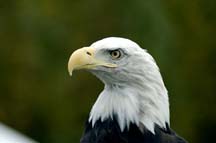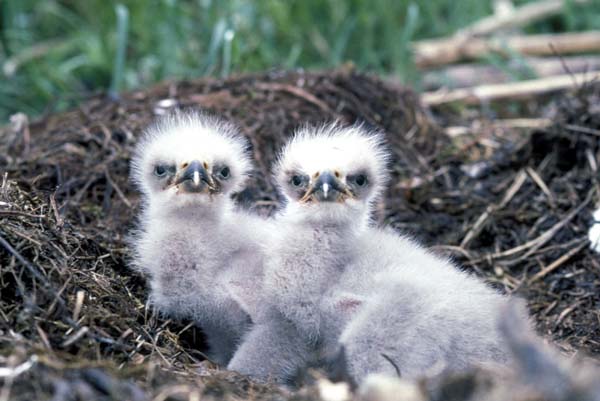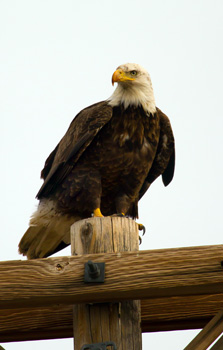 A Utah Division of Wildlife Resources press release says that West Nile virus killed over 20 bald eagles near the Great Salt Lake in Utah last month.
A Utah Division of Wildlife Resources press release says that West Nile virus killed over 20 bald eagles near the Great Salt Lake in Utah last month.
The eagle deaths are unusual in several ways. First, West Nile virus tends to be most active in the summer months when infections are spread by mosquitoes. Second, while West Nile virus is typically spread by mosquitoes, Utah wildlife officials think that this time the eagles got infected after eating eared grebes that had made a migration stop on the Great Salt Lake. (About two million eared grebes visit the lake during migration.)
The smart money was on avian cholera or even avian vacuolar myelinopathy causing the deaths, but testing in two different labs, including the National Wildlife Health Center in Madison, Wisc., showed that neither of these diseases was the cause.
The press release quotes a state epidemiologist saying that there is “no risk” to human health from the outbreak because humans typically get West Nile from mosquito bites, and mosquitoes aren’t active in Utah at this time of year.
Read the Utah Department of Wildlife Resources release, here.
Find a list of media coverage of the mortality event and the West Nile diagnosis, here.
Photo: A bald eagle in Utah. Photo by Lynn Chamberlain

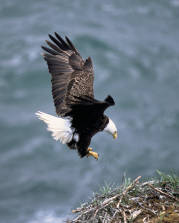 As we reported on the return of snowy owls to the US last week, another part of the story was unfolding. According to news reports, one of the snowies flew into the engine of an airplane and John F. Kennedy Airport in New York City. The Port Authority of New York and New Jersey ordered airport personnel to shoot any other snowy owls on sight. Two of the owls were shot on Dec. 7.
As we reported on the return of snowy owls to the US last week, another part of the story was unfolding. According to news reports, one of the snowies flew into the engine of an airplane and John F. Kennedy Airport in New York City. The Port Authority of New York and New Jersey ordered airport personnel to shoot any other snowy owls on sight. Two of the owls were shot on Dec. 7.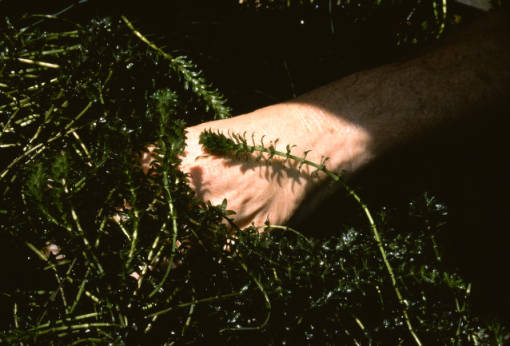 Clarks Hill Lake in Georgia was home to seven bald eagle nesting territories a few years ago. Today, only one nesting territory on Clarks Hill remains. The culprit is Avian Vacuolar Myelinopathy, or AVM, a mysterious syndrome that has killed thousands of coots and dozens of bald eagles in the southeastern United States, says
Clarks Hill Lake in Georgia was home to seven bald eagle nesting territories a few years ago. Today, only one nesting territory on Clarks Hill remains. The culprit is Avian Vacuolar Myelinopathy, or AVM, a mysterious syndrome that has killed thousands of coots and dozens of bald eagles in the southeastern United States, says 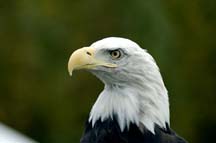 The US Fish and Wildlife Service would like to extend the length of the permits they issue to wind energy operations and other activities that by their nature disturb or kill bald and golden eagles from a maximum of five years to 30 years.
The US Fish and Wildlife Service would like to extend the length of the permits they issue to wind energy operations and other activities that by their nature disturb or kill bald and golden eagles from a maximum of five years to 30 years.